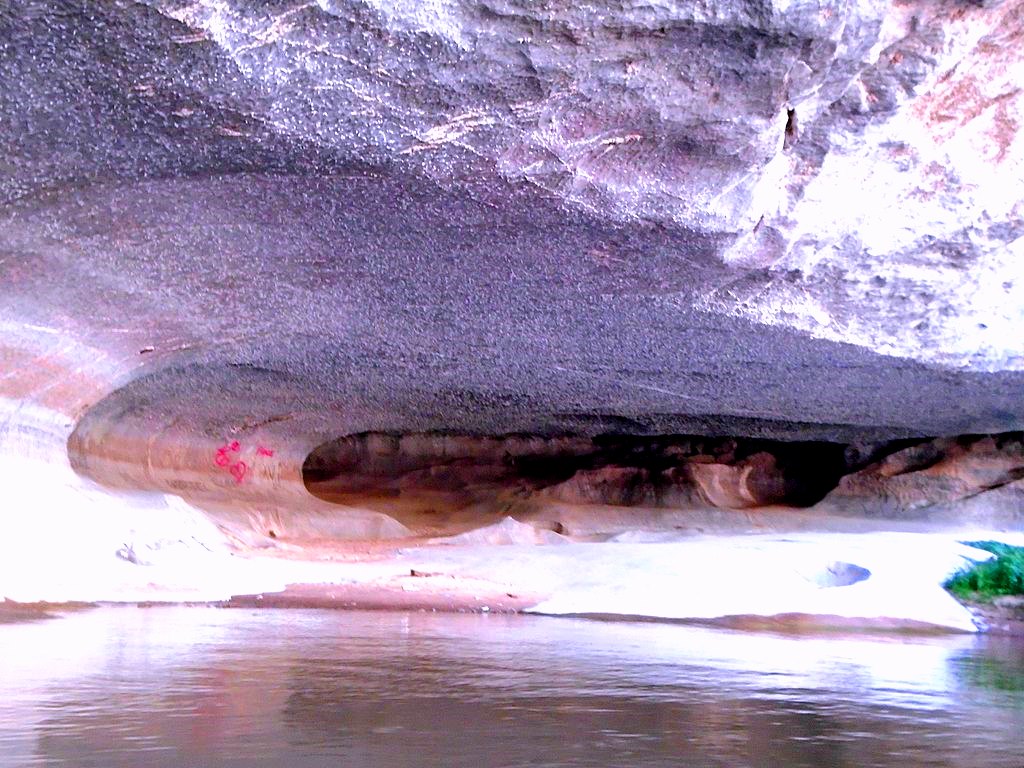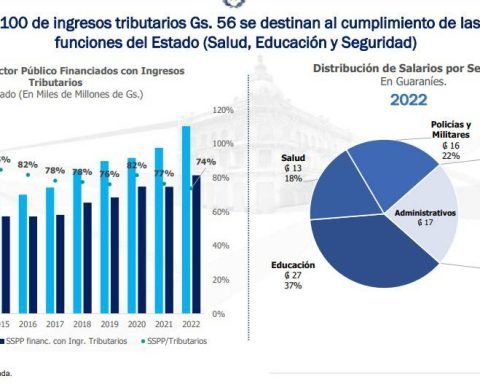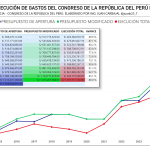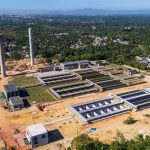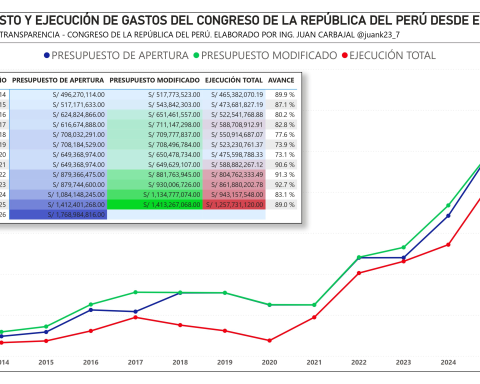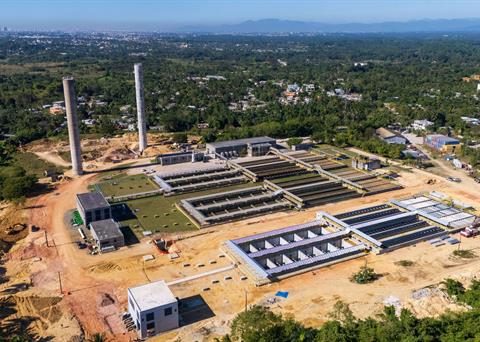Christian Nielsen
Why was it never possible to exploit the marble of San Lázaro, Concepción? This is a little known episode in the history of the country’s natural resources.
Every time I review this topic I can only draw a parallel with another absurdity, that of natural gas. It has been known for years that there is gas in the area of Gabino Mendoza, Chaco, and that even the power plant in Bahía Negra was feeding on that fuel provided by a Paraguayan company.
However, both natural gas and marble were never able to become industries with prospects of supplying a growing domestic market and even placing exportable surpluses. It is not necessary to talk about the importance of gas for domestic, commercial and industrial use and on which we depend entirely on imports.
Of marble, its role as a coating and finishing material is highly relevant.
Nevertheless…
UNFINISHED STORY – When the first versions of the Agroindustrial Exhibition -which from 1974 would be called Expopar- were held on the grounds of the Botanical Garden, an enthusiast of the marble industry, the engineer José Zacur, preached the need for deposits limestone from San Lázaro, in Concepción, were preserved for exploitation as marble.
I was working in those days in La Tribuna and Zacur invited me to observe his concise marble laminate workshop located in Itá Enramada. The machines cut the limestone into plates of various thicknesses, which were then subjected to polishing and finishing processes that highlighted the natural veins of the stone and allowed it to be used with a high level of aesthetics.
Zacur was an enthusiast in the field. He had gained experience in the vast mining areas of the Andean foothills of San Luis, in Argentina, until he attempted to start up a mining pole in the Valle Mí area.
In that industrial exhibition at the Botánico -I think it was in 1972- he exhibited samples of marble with natural designs that he had baptized with names such as ñandutí, panambí, etc., following the arbitrary drawings of the stone. With each extraction, new figures emerged as a result of the capricious tectonic forces that produced the vast calcareous deposits of San Lázaro.
“Too bad all this is in danger” Zacur complained.
CEMENT OR MARBLE? – A limestone deposit can have several uses. One of them, as we are seeing, is the production of marble, a material that can reach a considerable value even in the face of the generalization of synthetic products capable of infinitely reproducing the designs of natural stone.
But it can also be used as a source of raw material for the production of portland cement in addition to its direct use in the construction of houses, roads and, finally, as an agricultural input to balance the acidity of the soil.
Both destinations cannot be simultaneous. Or building material or marble for cladding. The reason for this incompatibility is the nature of the calcareous deposits that extend through the formations known as Camba Jhopo, Valle Mi, and San Lázaro, in the department of Concepción. In 1984, a study by the geologist Angel M. Spinzi determined that in that strip there were reserves of more than 90 million tons of calcium carbonate and aluminum silicate, two basic inputs for the production of portland cement.
MARBLE DYNAMITE – To extract the calcite in blocks for the production of marble, saws or steel ropes are used with which sections are cut that will then be delicately processed into sheets of different thicknesses, depending on the use that is to be given in the increasingly varied and complex construction industry.
On the other hand, to use calcite as an input for portland cement, it is enough to drill holes in the formation, insert sticks of dynamite and blow everything up. The rock is reduced to small, easily processed boulders in the clinker mills on its way to its cement destination for construction.
The side effect is unavoidable. As the calcite is arranged in layers, the explosions separate them from each other, making it impossible to use them as marble since the deposits fracture and the veins become denatured.
BEAUTY SHOULD WAIT – The history of Paraguayan marble was relegated for reasons of strict economy, as I deduce. The market for this decorative stone has a limited niche and its production costs should not be negligible.
On the other hand, the Portland cement and agricultural lime industry – the star products of the state cement company – faces a demand capable of absorbing everything that the national industry can produce. And this is music for any entrepreneur, state or private, put to the task of supplying the market.
They say that the Valle Mí-San Lazaro-Camba Jhopo reserves are enough for more than a thousand years of industrial exploitation, an economic dominance that is difficult to overcome.
Beauty, meanwhile, will have to wait for better days, beauty that has its worst enemy in time.
